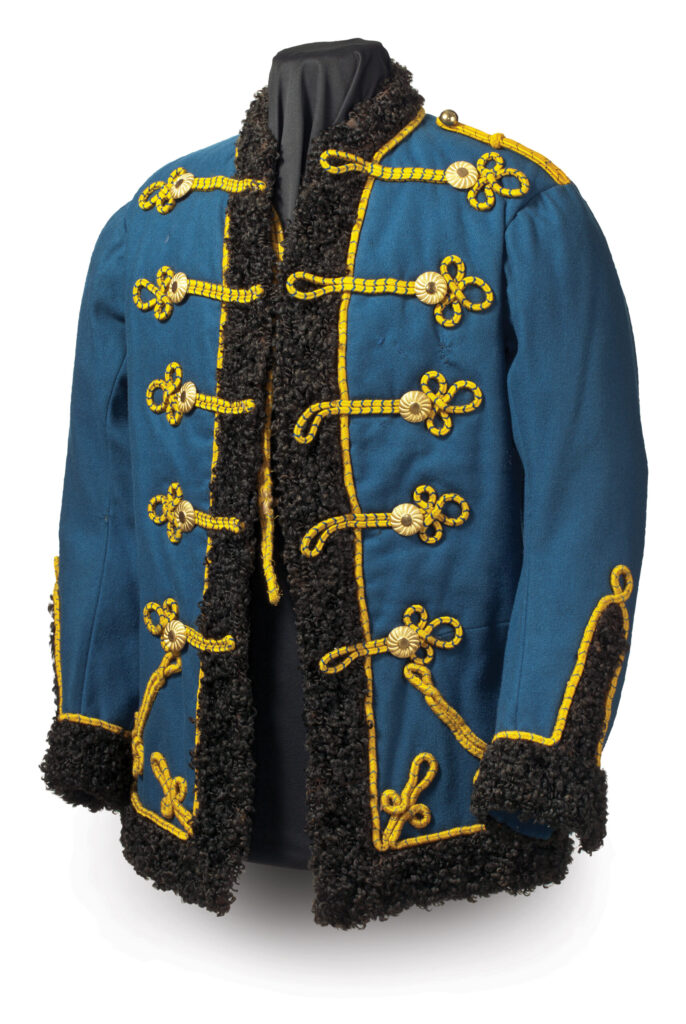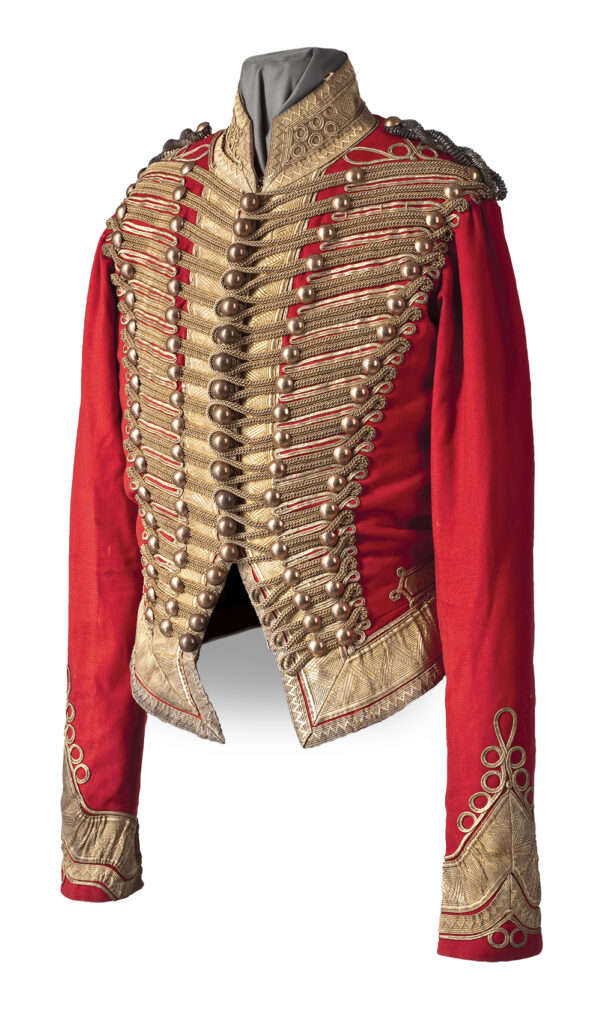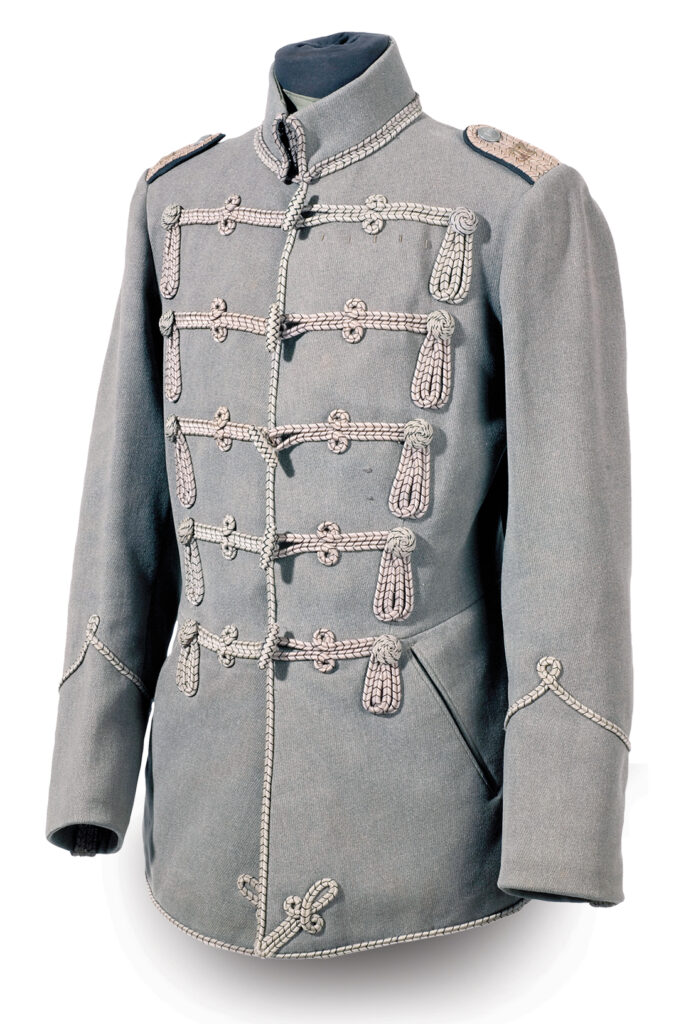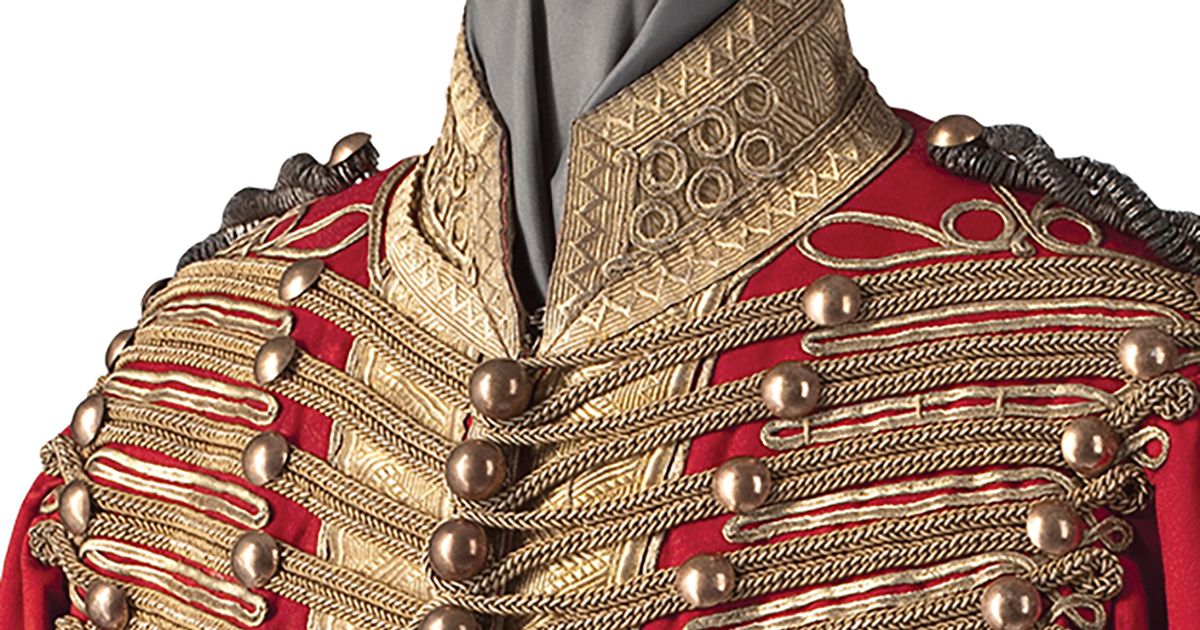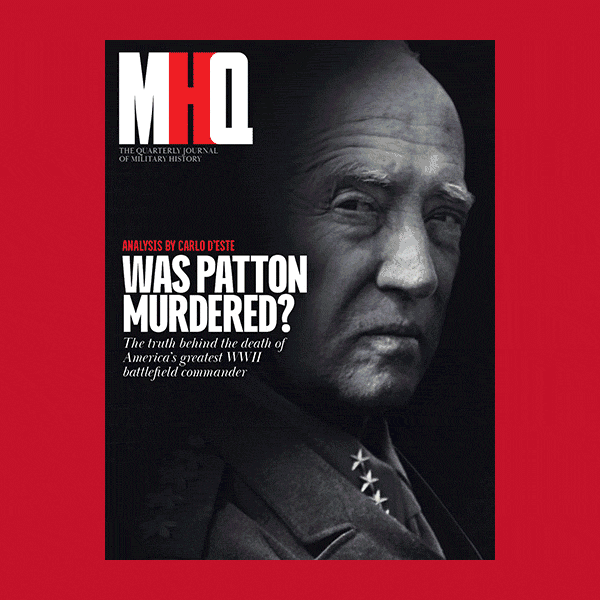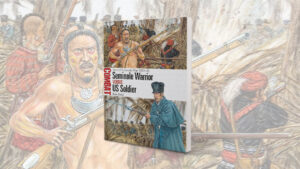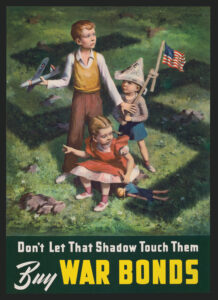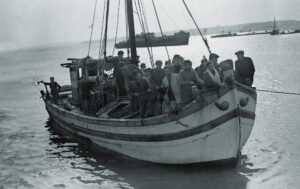Hussars were light cavalry units with roots in Central and Eastern Europe. Famed for thundering into battle on horseback and fighting with sabers, they were fierce and not easily turned back. One nation with a special pride in its hussar troops is Hungary, credited with developing the classic hussar style of uniform; a 1518 woodcut by Albrecht Dürer depicts a rider holding a “Hungarian” battle trophy, consisting of a cylindrical plumed cap and cord-fastened tunic typical of hussar uniforms. Furthermore, the German word for a hussar coat is “Attila,” a common Hungarian name.
A typical hussar uniform consists of tight trousers suitable for riding, boots, a form-fitting tunic with frogging (braided cords fastened by frog buttons), a cylindrical cap (sometimes a fur busby cap or shako), and a short outer coat called a mente, or pelisse.
The hussar coat in its raw, original warlike form was truly ingenious. Early versions were made of animal hides or furs, or had thick fur lining. The thick fur of the coat was multipurpose. Not only could it keep a cavalryman warm, but could deflect saber blows, allowing a rider some protection but not weighing him or his horse down, and permitting fast arm movements for saber slashing.
The hussar coat was flexible. It could be worn as a coat, hung over both shoulders like a cloak or fastened over one shoulder, usually the left. Hungarian hussar uniforms were colorful, with bright red being a traditional color.
Hussars were popular. In addition to having ethnic Polish and Hungarian hussars serving in their army, the Habsburgs formed German-speaking hussar regiments. The Prussian, British, French and Russian empires formed their own hussar units.
The dashing horsemen won admiration not only for battle prowess but for their fashion. The “hussar look” soon became vogue with European aristocrats regardless of military ability. Over time hussar coats tended to be worn over the shoulder for show; some versions abandoned sleeves and became mere capelets.
